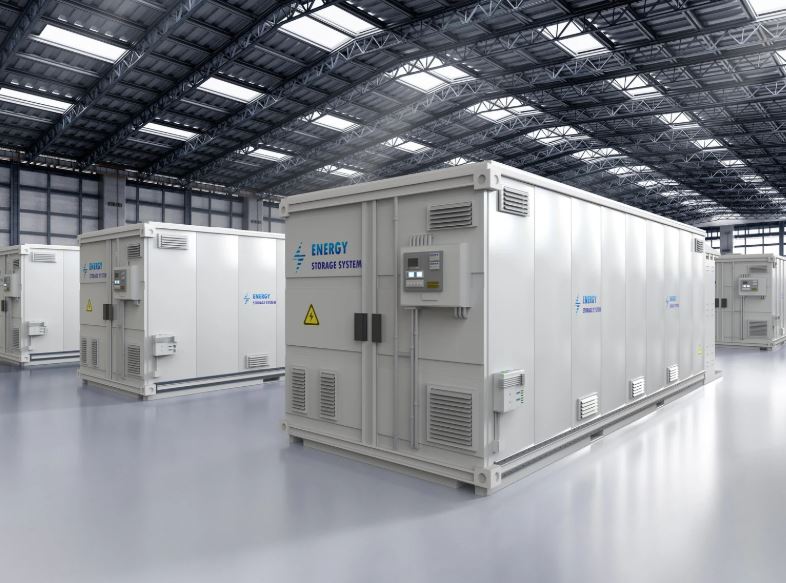India’s commitment to scaling up energy storage capacity has taken a major step forward with the expansion of its Viability Gap Funding (VGF) scheme to support 30 GWh of battery energy storage systems (BESS), nearly tripling the size of its earlier initiative launched in 2023.
The INR 5,400 crore (~USD 648 million) scheme, announced by India’s Ministry of Power, builds on the momentum of the previous VGF round that initially targeted 4 GWh but was later scaled to 13.2 GWh in response to cost reductions. Now, with commercial viability improving, the government is betting on storage to play a central role in grid balancing, renewable integration, and peak shaving.
Out of the 30 GWh total capacity under the new scheme, 25 GWh is earmarked for distribution across 15 states. Rajasthan, Gujarat, and Maharashtra have each received allocations of 4,000 MWh, reflecting their high renewable penetration and corresponding grid volatility. Karnataka and Andhra Pradesh follow with 1,500 MWh each. An additional 5 GWh is reserved for NTPC, India’s largest power utility, for centralised deployment.
This distribution suggests a strategic alignment between BESS deployment and states that are leading in solar and wind development—especially Rajasthan and Gujarat, which already face curtailment risks due to renewable oversupply during low-demand periods.
According to JMK Research & Analytics, the 2025 scheme is expected to catalyze investment worth approximately INR 33,000 crore (~USD 4 billion), representing a significant lever for crowding in private capital into long-duration storage assets. Importantly, the scheme reflects a downward cost trajectory: the initial 2023 VGF budget allocated INR 96 lakh/MWh, which was later revised to INR 46 lakh/MWh. The current round lowers this further to just INR 18 lakh/MWh (approximately USD 215/kWh), or 30% of capital cost—whichever is lower.
This steep reduction underscores the rapidly improving economics of lithium-ion batteries, particularly for utility-scale installations. It also hints at increasing confidence among policymakers and developers in achieving unsubsidised storage within this decade.
India’s Ministry of Power has set a target of 50 GWh of BESS deployment by 2030, including 8 GWh by 2025. While the target is relatively conservative compared to countries like the U.S. or China, where annual additions are scaling quickly, India’s scheme has a broader strategic intent—buffering a grid increasingly reliant on variable renewables.
Currently, India has over 70 GW of installed solar capacity and around 46 GW of wind, but lacks sufficient flexibility to manage the resulting intermittency. With round-the-clock renewable tenders on the rise and coal peaking capacity set to taper, storage is emerging as a non-negotiable pillar in energy transition planning.
Stay updated on the latest in energy! Follow us on LinkedIn, Facebook, and X for real-time news and insights. Don’t miss out on exclusive interviews and webinars—subscribe to our YouTube channel today! Join our community and be part of the conversation shaping the future of energy.
